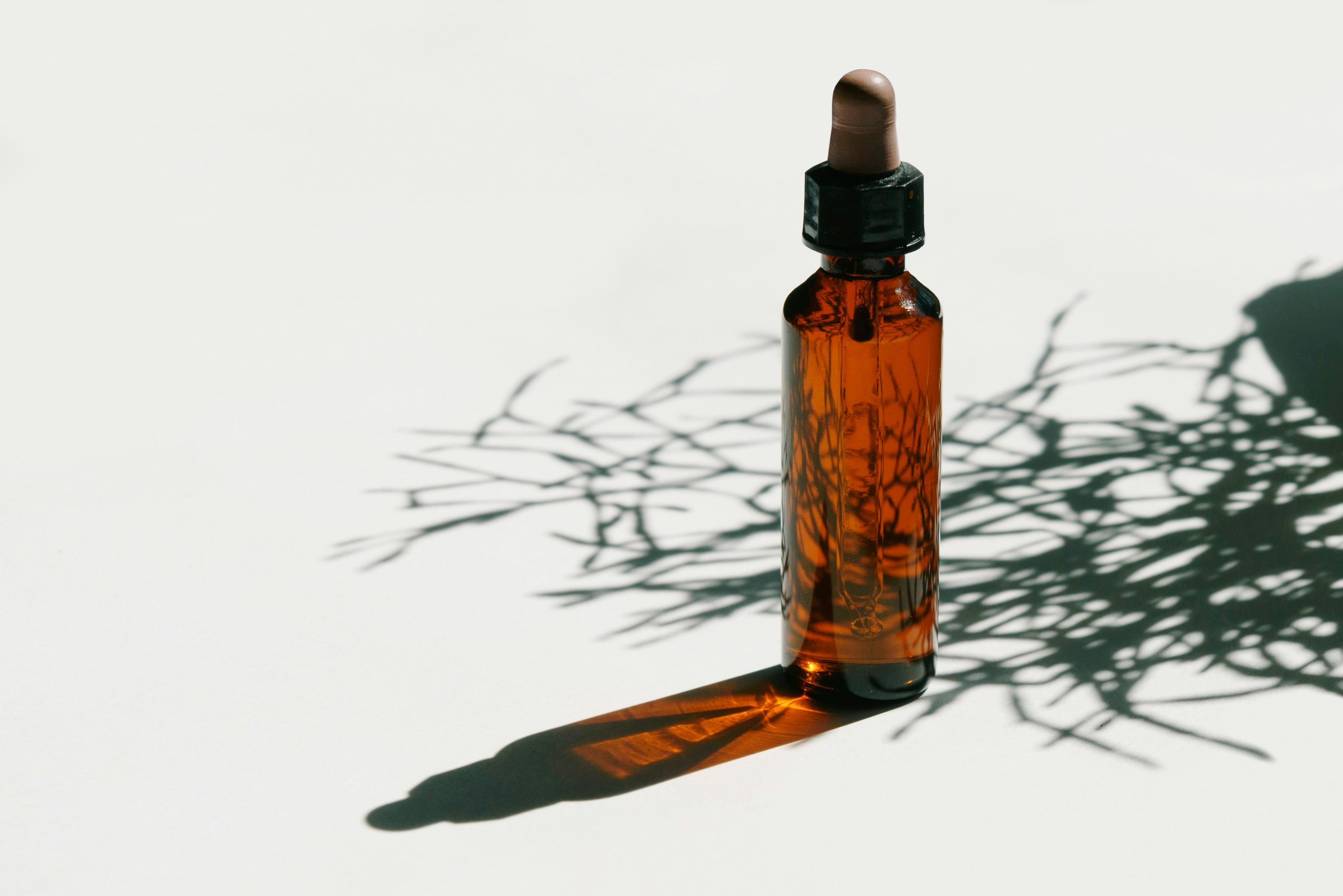Summer is here, and many of us have already been exposed to the warm sun rays. With the excitement of summer fun, it’s easy to forget to protect our skin from the sun; but preventing sunburns should remain one of our top priorities.
According to the Skin Cancer Foundation, a U.S. non-profit organization, sunburns are signs of damage to our skin, no matter how mild. When sunburns are frequent or severe, they can result in premature aging or skin cancer.
Fortunately, protecting our skin from the sun is easy, especially if we have a good sunscreen. Available in the form of lotions, sprays, gels or foams, these practical products keep us safe from ultraviolet radiation – the rays that harm our skin.
There are hundreds, if not thousands, of sunscreens to choose from; but they all fall within two two basic categories. Physical and chemical sunscreens, named for the mechanism used to block the UV rays, each have their pros and cons. Choosing the right one for you means taking these into consideration, and measuring them against what you want in a sunscreen.
Physical sunscreens – safe but slightly pasty
Also known as mineral sunscreen, this type of sunblock contains only two active ingredients: zinc oxide and titanium dioxide. It protects the skin from the sun by creating a physical barrier that deflects and reflects UV rays. Since it is not absorbed by the skin, it is instantly effective once applied.
Success
You are now signed up for our newsletter
Success
Check your email to complete sign up
Its main downside is that it tends to be opaque and slightly thick in consistency, leaving a chalky or pasty appearance on the skin. Also, since it sits on the surface, it is prone to being rubbed or sweated away, making re-application necessary.
As this sunscreen does not penetrate the skin, it tends to be better for people prone to skin irritations. They are also ideal for those who want a sunscreen that works immediately after application.
Chemical sunscreens – seamless but more to consider
Chemical sunscreens are a lightweight solution to the dense and pasty appearance of physical sunscreens. Made from organic molecules, it is lightweight and appears transparent when applied.
Chemical sunscreens need to be absorbed by the skin to be effective, so they need to be applied about 15 minutes before going outdoors. Below the surface, they absorb UV rays and transform them into non-damaging heat, which is then released from the skin.
The disadvantage of chemical sunscreens is that, after absorption, some of their active ingredients can reach the bloodstream.
A 2020 study by the U.S. Food and Drug Administration (FDA) studied the absorption of six active ingredients in sunscreen – avobenzone, oxybenzone, octocrylene, homosalate, octisalate, and octinoxate. It found that, even after a single use, all six of them were absorbed into the bloodstream, and that they stayed in the body for extended periods of time.
One ingredient of particular concern is oxybenzone, which many think is a potential hormone disruptor. However, these effects have only been observed in lab studies on rats. According to Harvard Health Publishing, there is no evidence that oxybenzone is harmful to humans.
Studies are ongoing, and the FDA continues to encourage the use of sunscreens, asserting that absorption of their components does not equate to hazard, and that their public health benefits – including protection against skin cancer – outweigh the risks.

Decoding sunscreen labels
Sunscreens come with a variety of factors that indicate their protective effectiveness. Here is what you should look for in a sunscreen:
- Minimum SPF 30: SPF stands for “Sun Protection Factor,” and it indicates how well a sunscreen blocks the sun’s harmful rays. An SPF of 15 blocks 93 percent of UVB rays, SPF of 30 blocks 97 percent of them, and an SPF of 50 blocks about 98 percent.
- Broad-spectrum: Sunlight contains two types of harmful rays: UVB rays and UVA rays. UVB rays affect the outer layer of the skin and are what the SPF factor in sunscreens protects against. UVA rays penetrate deeper into the skin, affecting the dermis, and are what broad-spectrum sunscreens shield us from. On labels, broad-spectrum can also appear as “UVA/UVB Protection.”
- Water resistant: It indicates how long the sunscreen will remain on wet skin and therefore how often it should be reapplied. Most sunscreens last 40 to 80 minutes. Even if your skin does not get wet, reapplication is necessary for the sunscreen to remain effective.
Natural sun protection

Some natural oils have sun-protecting qualities due to their inherent SPF properties. However, their SPF levels are not sufficient to provide full protection, so they should be taken as complementary to other protective methods such as seeking shade and wearing lightweight clothing that leaves little skin uncovered.
For optimal protection, you can add these oils to your sunscreen to increase its SPF value.
- Raspberry seed oil: This natural oil contains flavonoids and polyphenols – compounds and macronutrients – that have UV-blocking properties. Thus, it can reduce the intensity of the UV rays that reach the skin.
It is also a gentle moisturizing solution that does not clog the pores, and contains antioxidants, vitamin E and fatty acids that provide antimicrobial and anti-inflammatory properties. It is not to be confused with raspberry essential oil, which is used for aromatherapy. - Carrot seed oil: Like raspberry seed oil, carrot seed oil contains flavonoids and polyphenols that make it a sun-blocking agent. It also has antioxidant, antibacterial, antifungal and anti-inflammatory properties, and it is used in skin-care for its anti-aging qualities.
It should not be confused with carrot oil, which is made by infusing carrot roots in a carrier oil. - Pomegranate seed oil: This oil has been found to have one of the highest SPF values among vegetable oils. It is also known for its antioxidant and anti-inflammatory properties, making it well suited for topical skin applications.
When using these oils alone or mixed with your sunscreen, reapply them approximately every two hours to preserve their effectiveness. Regardless of the method you choose to protect your skin, remember that preventing sunburn begins with avoiding prolonged exposure to the sun’s harmful rays.
Eating a balanced, plant-based diet also provides important nutrients, natural antioxidants and anti-inflammatory compounds that will help to both reduce the severity of sunburns and repair damaged skin.







